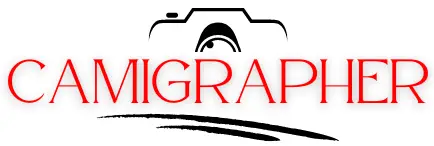Snow can be beautiful, but it can also be a challenge to photograph. The glare from the snow can make it difficult to get a good shot, but there are a few lens shades that can help you get the perfect shot.
Here are four lens shades that can help you photograph snow:
1. Soft light: If you want to create a softer light, use a light shade. This will help to reduce the glare and make it easier to get a good shot.
2. Neutral light: If you want to create a more neutral light, use a light shade and a white background. This will help to show the texture and color of the snow, without being too bright or too dark.
Contents
Ski & Snowboard Goggle Lens Color Guide | SportRx
[ytvideo]
There is no definitive answer when it comes to what lens shade best works for snow. However, some general consensus suggests that darker lens shades work best when photographing snow. This is due to the fact that darker lens shades will essentially “black out” the snow, making it easier to see and capture the detail within the image. Additionally, lighter lens shades can cause harsh and unflattering lighting in snowy scenes, so it’s often a good idea to stick to darker shades when shooting snow.
Lighter lense shades for brighter days
The lighter the lens shade, the brighter the day. This is because the light is reflected off of the surface in a way that is more intense. If you are looking for a bright day, you should choose a lighter lens shade.
Darker lense shades for overcast days
If you are looking to take photos or videos of snow, it is best to use a lighter lens shade. This is because the lighter lens will diffuse the sunlight more, making it easier to capture the details in the snow. On overcast days, it is better to use a darker lens shade. This will help to reduce the amount of sunlight that bounces off the snow, giving you a more crisp image.
Yellow lense shades for low
The yellow lense shade is ideal for low light situations because it amplifies light. This makes it easier to see in low light areas and it also makes the colors brighter.
light conditions
A lot of factors go into what lens shade works best for snow photography, including the light conditions. For example, if the light is very harsh, then a darker lens shade will provide more protection against the light. However, if the light is more diffuse, then a lighter lens shade may work better. Additionally, the angle of the lens can also play a role in how well a lens shade works for snow photography. A lens with a wider angle will provide more coverage in general, but may have less impact in terms of shadows and highlights.
Orange lense shades for foggy conditions
The orange lense shade is the best option for snow because it helps to reduce foggy conditions. This is because orange light is the colour that is the most effective at scattering water droplets.
Polarized lense shades for glare reduction
Shades for sunglasses that reduce glare are called polarized lenses. They come in several varieties, including ballistic, crystal, and polarized glass.
Ballistic lenses are the most effective at reducing glare. They have a narrow central beam and a wide peripheral beam. This combination helps to eliminate the glare from surfaces directly in front of you.
Crystal lenses are similar to ballistic lenses, but they have a slightly curved central beam. This helps to reduce the glare from surfaces directly in front of and to the sides of you.
Polarized glass lenses are the most popular type of polarized lens. They have a polarized lens that is composed of two layers of glass. The top layer has a uniform polarization, while the bottom layer has a more random polarization. This combination helps to reduce the glare from surfaces directly in front of you.
Conclusion
If you are looking for a lens shade that will help you photograph snow in a more natural way, a light amber or yellow lens shade may be best for you. These shades help to counteract the blue light that is often used to photograph snow, resulting in a more natural looking image.
